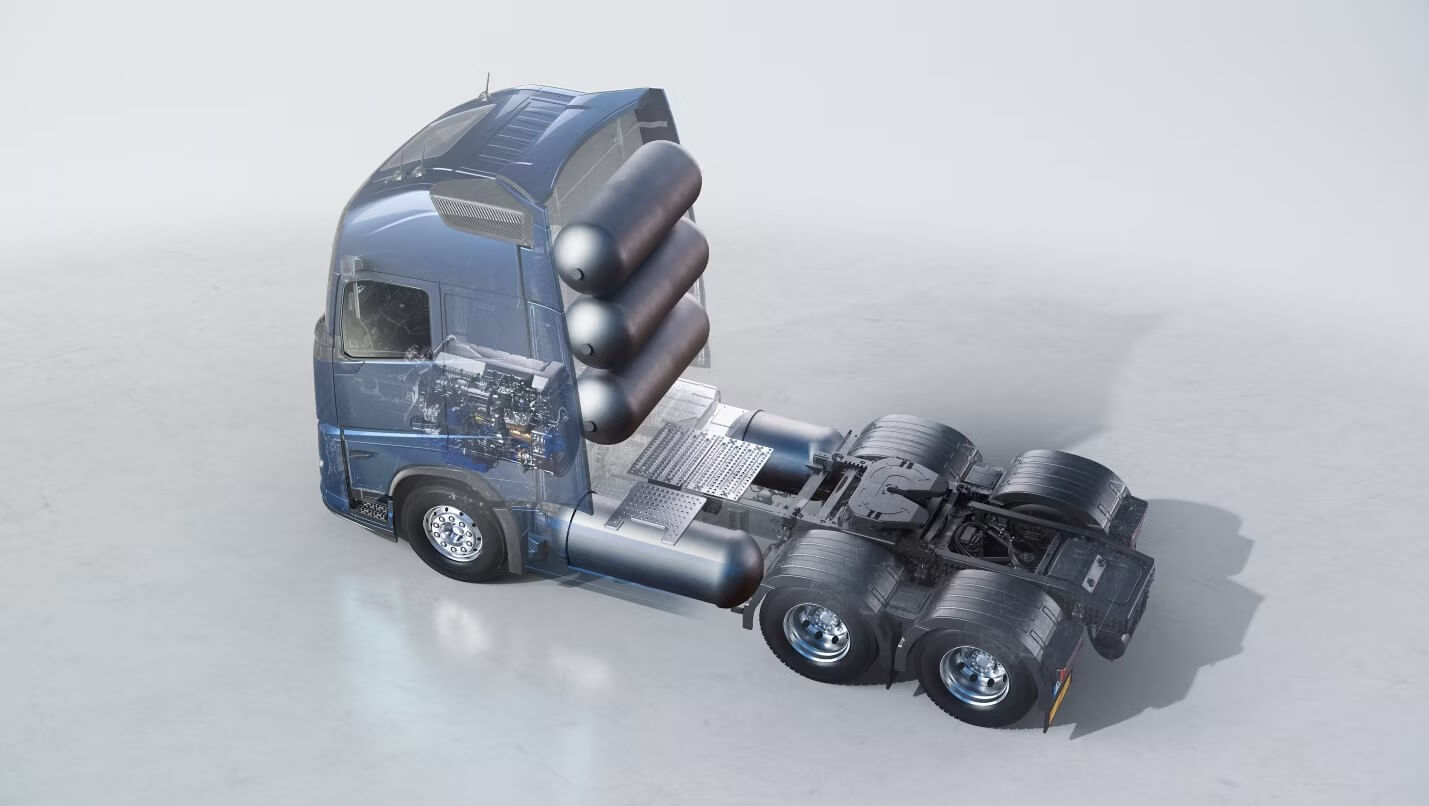Analyses
Volvo’s hydrogen-powered internal combustion engine trucks will be on the road in two years

The company sees the project as a further step towards achieving net zero emissions, with a target date of 2040, which they estimate will enable their customers’ Volvo fleets to be net zero by 2050.
An important part of this process will be the progressive reduction of greenhouse gas emissions from their cars, with a 40% reduction in lifecycle emissions by 2025 compared to previous levels and a full switch to electric drive by 2030.
Of course, the type of energy source, i.e. the type of energy used, is not an insignificant factor in the environmental performance of electric vehicles.
Volvo also plans to use green hydrogen in its hydrogen engines, which means that the hydrogen will be produced by electrolysis, making it more sustainable than black, brown, blue or grey hydrogen.
The trucks will have zero emissions, according to the manufacturer, and will also have the advantage of very low nitrogen oxide emissions.

The vehicles will be built using HDPI (High Pressure Direct Injection) technology developed for them by Westport Fuel Systems, which is designed primarily to reduce carbon emissions from long-haul, heavy-duty vehicles. The obvious advantage of this solution is that it is based on existing, proven internal combustion engines and promises performance at least as good as diesel.
The range of trucks remains similar to previous models.



